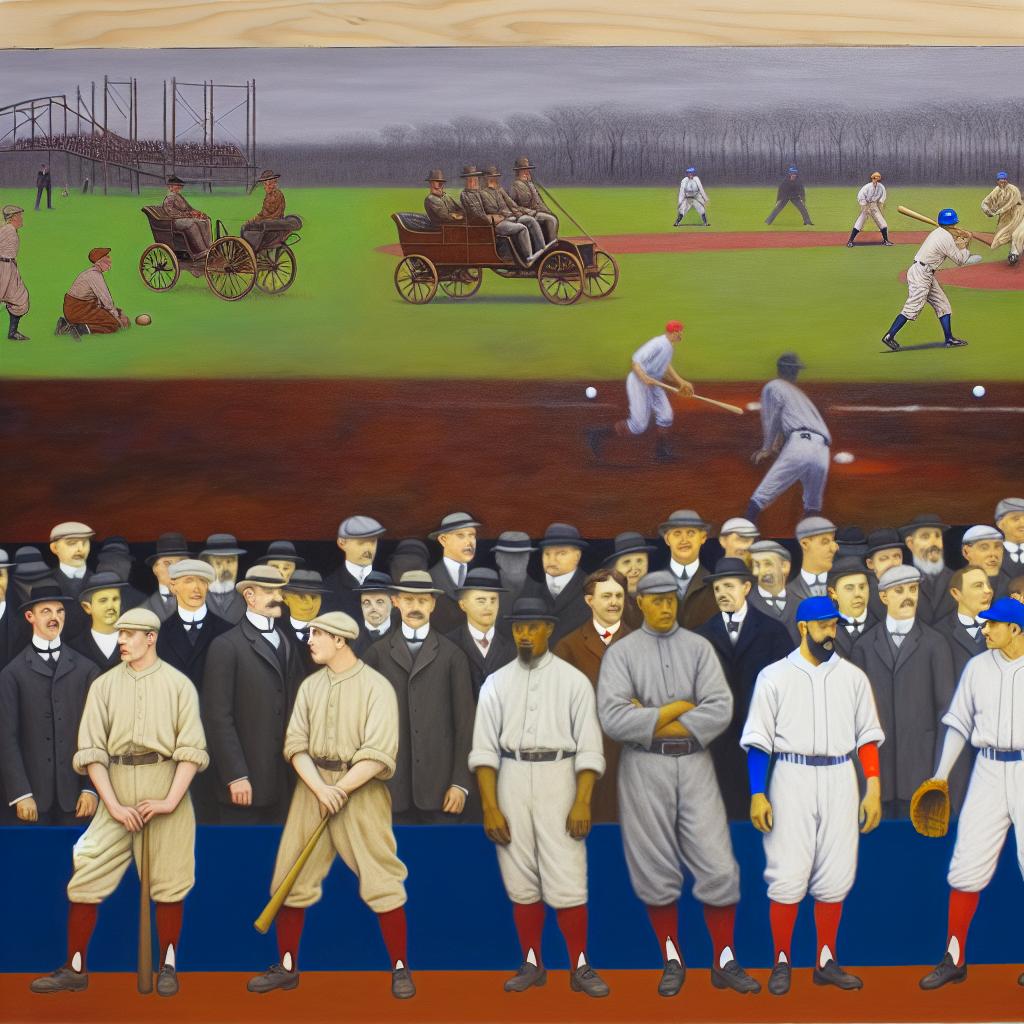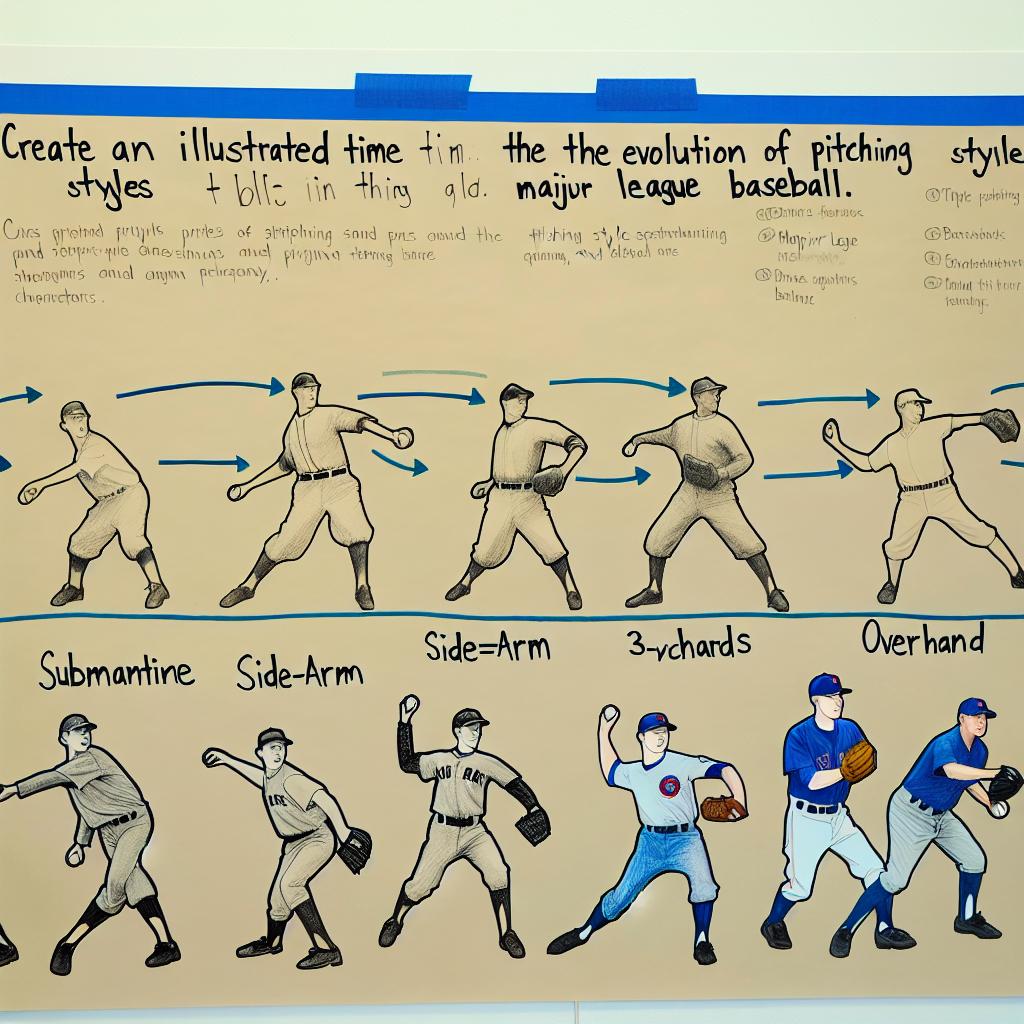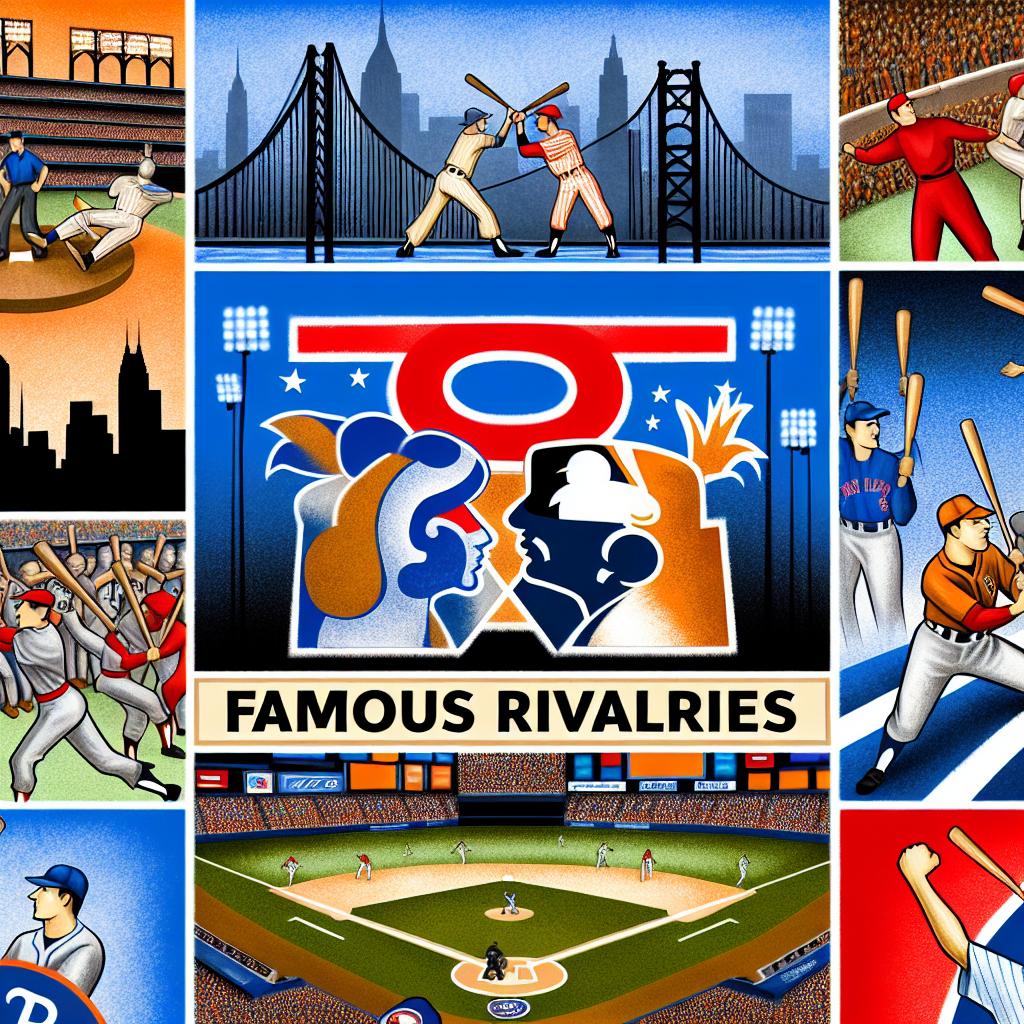The Early Years: Establishing the Basics
Major League Baseball (MLB) has its roots in the late 19th century, evolving from the foundation set by its predecessor, the National Association of Base Ball Players. As MLB transitioned into a more formalized organization, establishing a standardized set of rules became a primary focus. This focus was crucial to ensuring fair play and maintaining a coherent structure that could be followed across different teams and games. A pivotal development during these early years was the introduction of overhand pitching in 1884. This change transformed the dynamics of the game, shifting it from the underhand pitching style that had dominated early baseball and giving pitchers a new edge in strategy and execution.
Another significant rule adjustment came in 1889 when the number of balls needed for a batter to earn a walk was reduced to four. This modification aimed at achieving a better balance between pitchers and batters, ensuring that the game remained competitive and engaging. Such foundational changes laid the groundwork for the evolution of MLB, impacting how the game was played and viewed in subsequent years.
The Dead Ball Era and Offensive Adjustments
The Dead Ball Era, spanning from approximately 1900 to 1919, was a distinct period in MLB history. It was characterized by games that were often low-scoring, with pitchers generally dominating due to the dead ball used during this time. The lack of home runs and overall offensive play prompted the league to introduce several rule changes to encourage scoring and enhance the game’s excitement.
One notable adjustment was the legalization of the cork-centered ball in 1910. This change aimed to increase hitting by making the ball lighter and more responsive to contact. The altered ball led to more exciting plays and began shifting the game toward a more offense-oriented spectacle. By the end of the Dead Ball Era, players such as Babe Ruth had started to redefine the possibilities of baseball with their power-hitting abilities. Ruth’s performance set the stage for further evolution in both play style and rules, emphasizing a game that welcomed big hitters and celebrated home runs.
The Rise of the Live Ball and Defensive Innovations
Entering the 1920s, MLB experienced the onset of the Live Ball Era, marking a significant shift in scoring and gameplay. This era saw a surge in offensive production, largely driven by further modifications to the baseball itself. Livelier balls contributed to a dramatic increase in scoring and a heightened focus on offensive play.
Defensively, teams underwent various innovations to adapt to the high-scoring climate. The introduction of more specialized gloves allowed players to make more consistent and difficult plays in the field, emphasizing the importance of defense in a game increasingly dominated by offense. Another key development was the common practice of replacing balls that had become scuffed or dirty during games. This action contributed to the higher levels of offense, as newer balls were harder to control for pitchers and easier to hit for batters.
Integration and the Modern Era
The integration of baseball marked a pivotal moment in MLB history, breaking previous racial divides within the sport. In 1947, Jackie Robinson’s entry into the league shattered the color barrier and paved the way for a more diverse and competitive environment. Robinson’s success and tenacity demonstrated that talent and skill transcended racial lines, prompting MLB to foster a more inclusive ethos.
The modern era of MLB saw further strategic innovations, such as the introduction of the designated hitter (DH) in the American League in 1973. This change allowed teams to exclude pitchers from batting duties, thereby enhancing offensive strategies and focusing on specialized hitting roles. Additionally, the official adoption of night games during this period altered fan engagement and game scheduling, making baseball more accessible to broader audiences and adapting to changing societal rhythms.
Contemporary Adjustments and Innovations
In recent years, MLB has continued to evolve in order to remain relevant in a fast-changing world. Modern adjustments have been made to address various aspects of the game, from enhancing fairness and accuracy to improving game pace and spectator enjoyment.
The implementation of instant replay reviews is one such advancement, introduced to minimize umpiring errors and ensure fair outcomes. This technology allows for contentious plays to be reviewed and corrected if necessary, maintaining the integrity of the game.
Additionally, the introduction of pitch clocks aims to address issues of game pace, ensuring that matches remain engaging and do not stretch unnecessarily long. In 2023, MLB also began experimenting with modifications such as broader bases and restricting certain defensive shifts, all in an effort to encourage more offensive play and maintain a balance between evolving player capabilities and traditional gameplay.
These contemporary innovations reflect MLB’s ongoing effort to balance tradition with modernity. By embracing technological advancements and remaining responsive to the changing expectations of both players and fans, MLB strives to ensure that baseball continues to appeal to future generations. For further detailed insights into the evolution of MLB rules, the official Major League Baseball website offers extensive resources and information.





